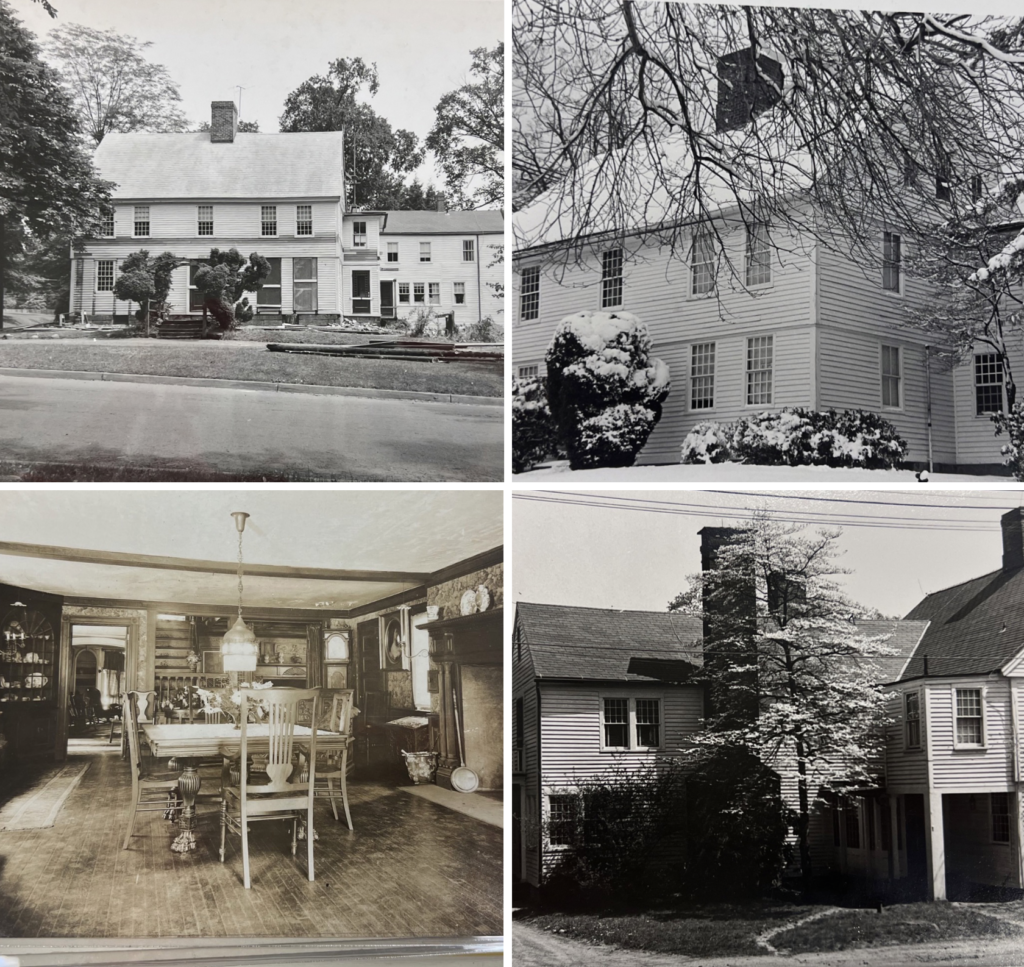
When Choate students walk down Christian Street, they often see a white boarded-up dorm named Homestead. Now serving as a sixth-form girls’ dorm, Homestead is viewed as any other ordinary dorm by those who are unaware of its history. From its connections to the founders of The Choate School and Rosemary Hall to the alleged secret passageway behind the chimney, Homestead has many stories hidden within its walls.
Built in 1774 by Caleb Atwater, Homestead was located on Atwater property, later known as Rosemary Farm. In 1890, Mary Choate established the all-girls’ boarding school Rosemary Hall on Rosemary Farm. Soon after, her husband, Judge William Choate, founded a boarding school for boys, called The Choate School.
Throughout this time, Mary Choate hosted dances for both Rosemary Hall and The Choate School at Homestead. The social gathering venue hosted parties for Halloween, Christmas, and other holidays during the earlier years. After the renovation of Homestead during the 20th century and its relocation, The Choate School and Rosemary Hall merged to become Choate Rosemary Hall.
Not only was Homestead a bustling center of student activities, but there are also speculation that the house has a hidden passageway beneath the chimney as a part of the Underground Railroad during the early to the mid-19th century. Although there is no certain proof, there are small, scattered pieces of evidence that hint towards it.
In a pamphlet called “Reminiscences of My Mother,” which was written by a student at The Choate School, the author described their mother as a “warm adherent of anti-slavery doctrines.”
“One evening when my mother was coming home from the stores, a colored man spoke to her in a low tone, asking if she was a friend to a slave. She assured him that she was, and asked if he was a slave. He said he was,” the excerpt states.
The presence of an enslaved population near The Choate School during the Civil War could be tied to the efforts of helping enslaved African Americans escape their bondage and seek freedom.
These small bits of information from the Library Archives suggest that there is potential for Homestead to have had involvement with the Underground Railroad. Nonetheless, the evidence can only show so much.
Even if Homestead does not have a secret passageway used by the Underground Railroad, it is still worthwhile to learn about the history of this unassuming cottage. As current resident Annika Lee ’23 said, “It’s fascinating how we get to live in a piece of history every day and experience the changes throughout the years.”




